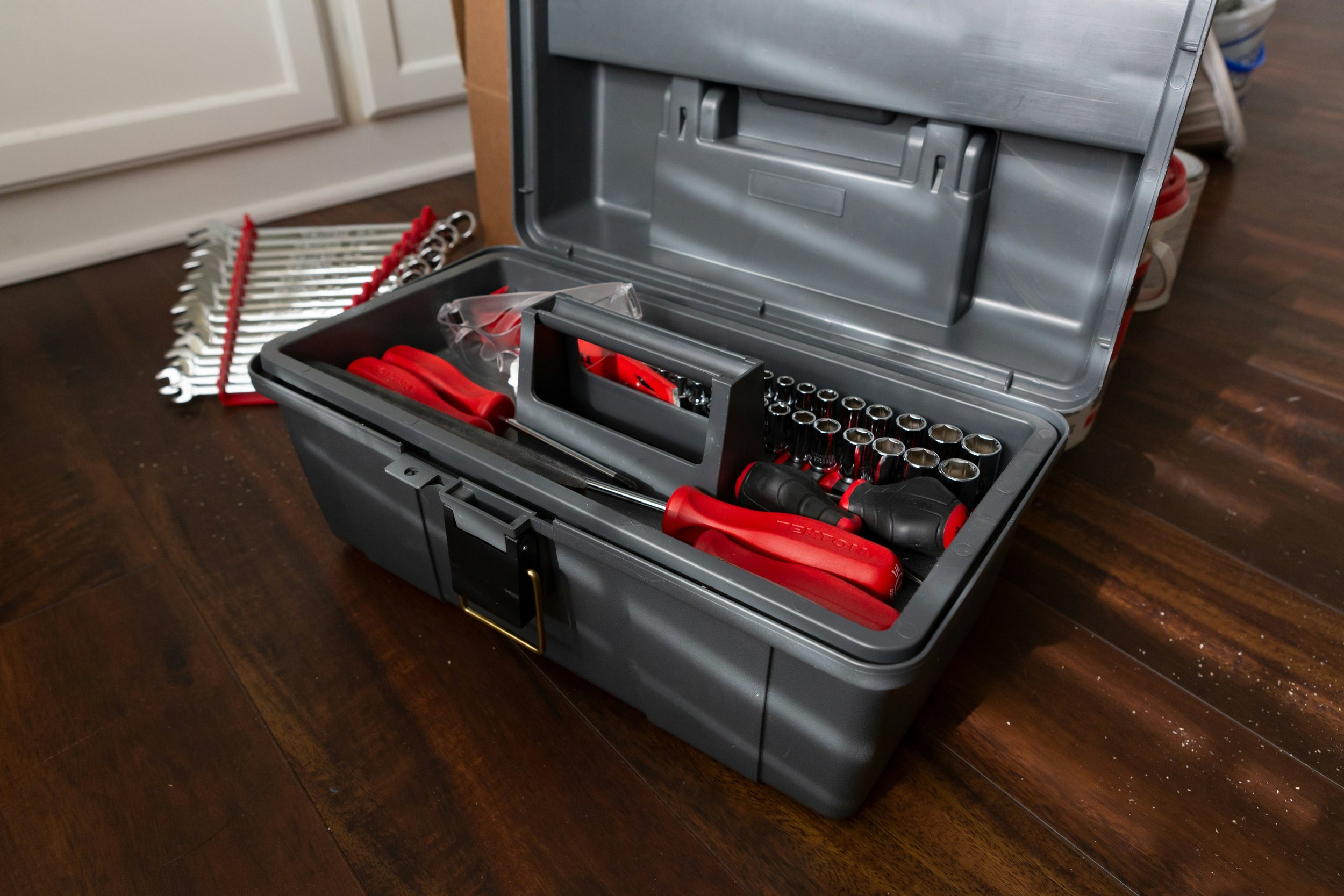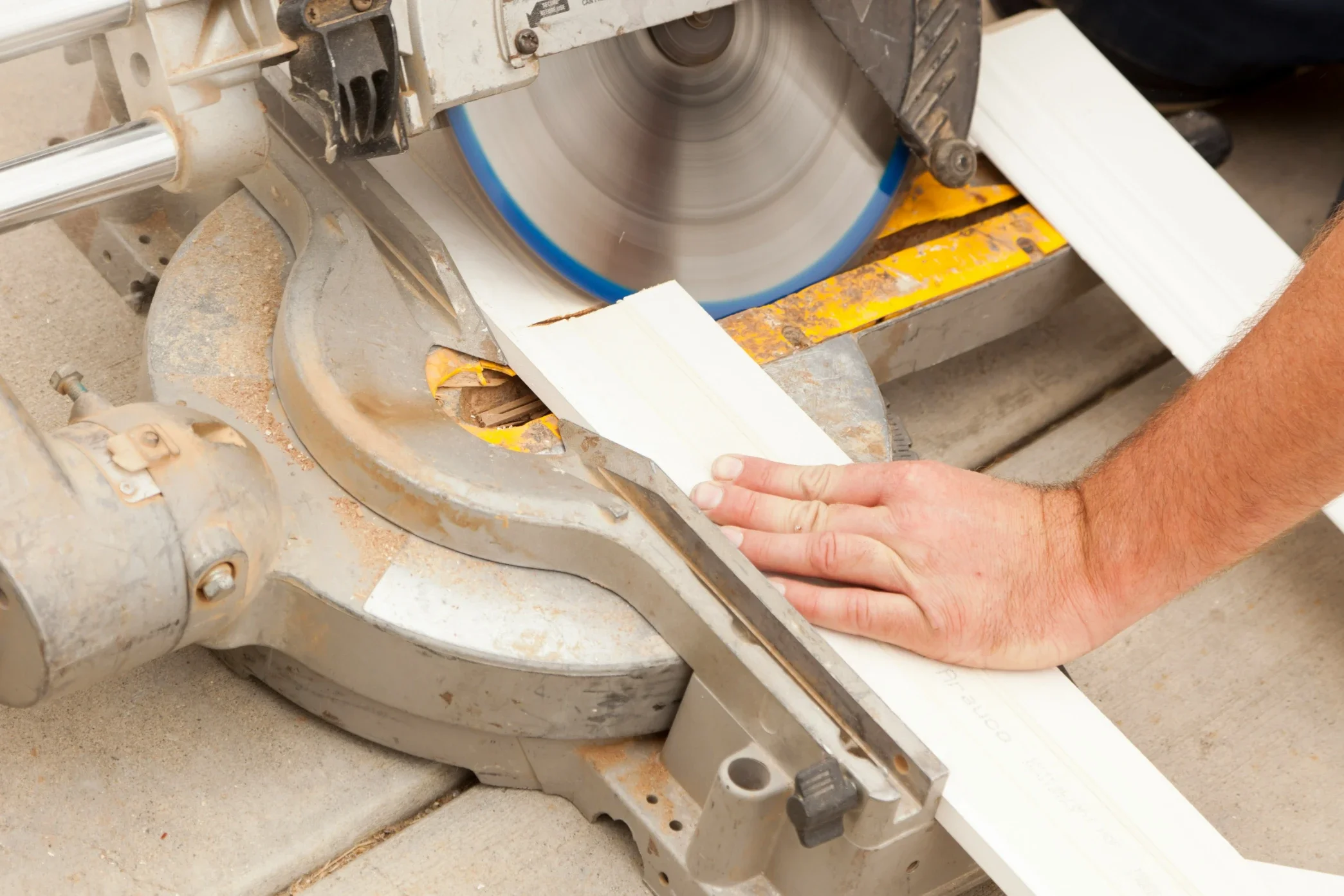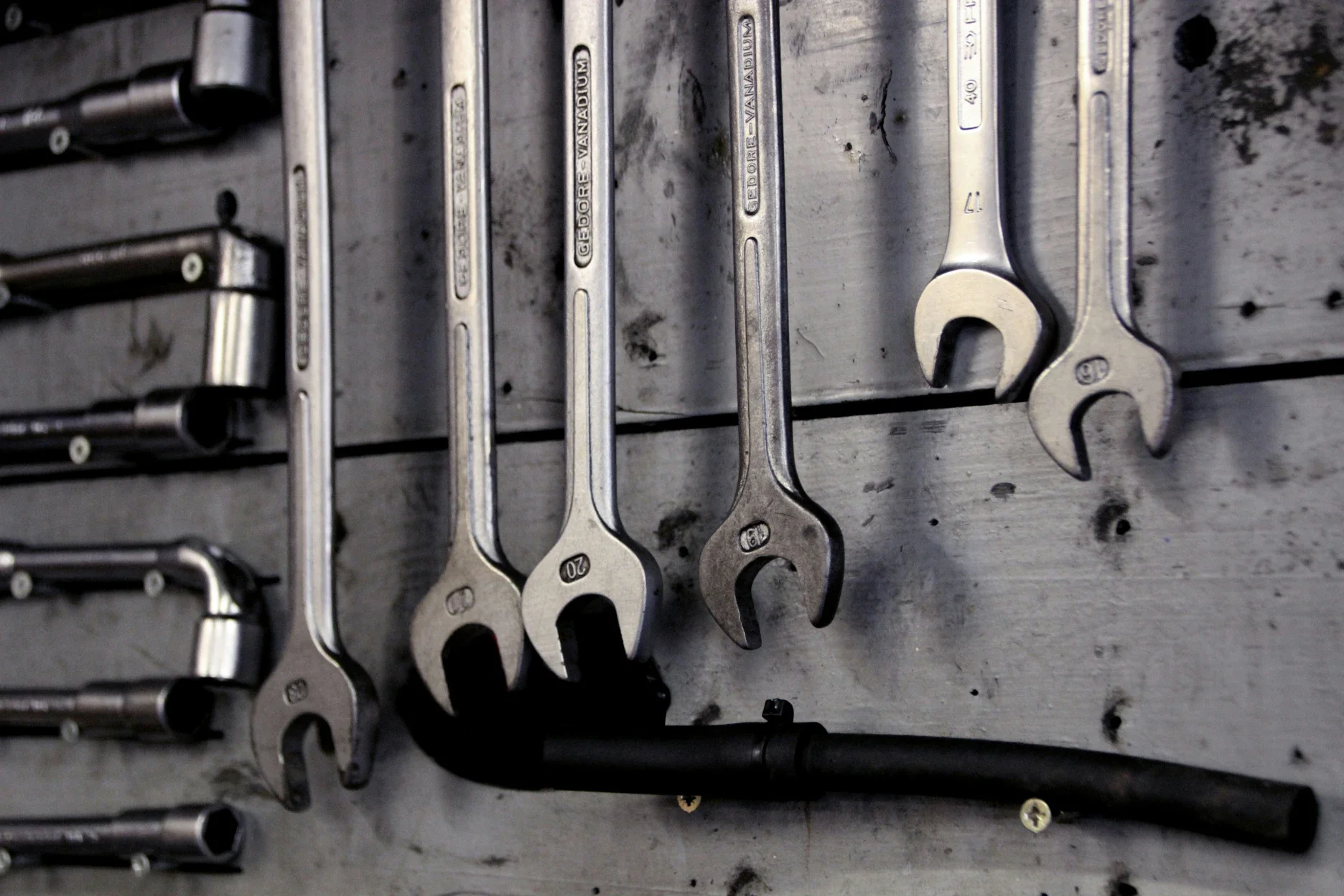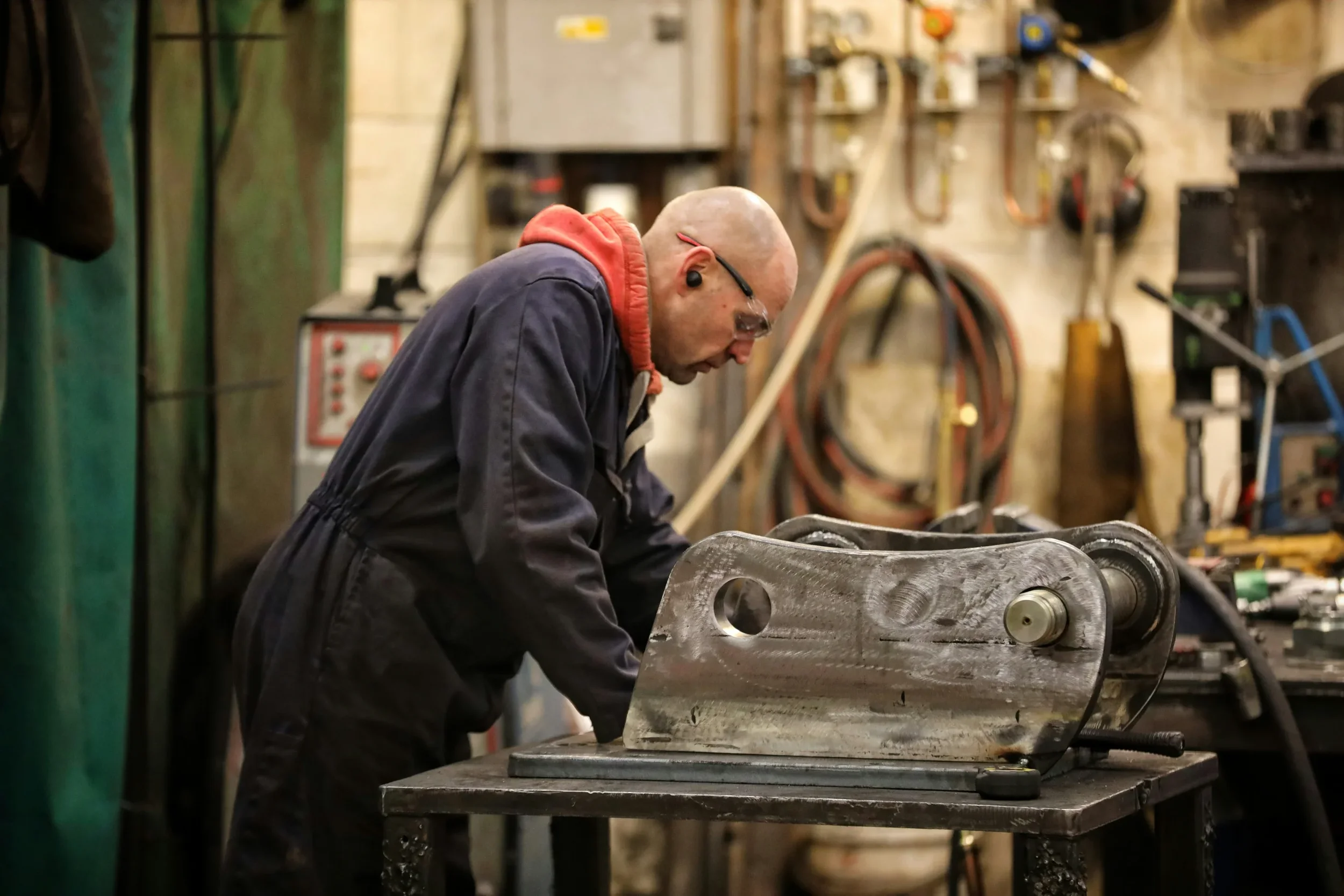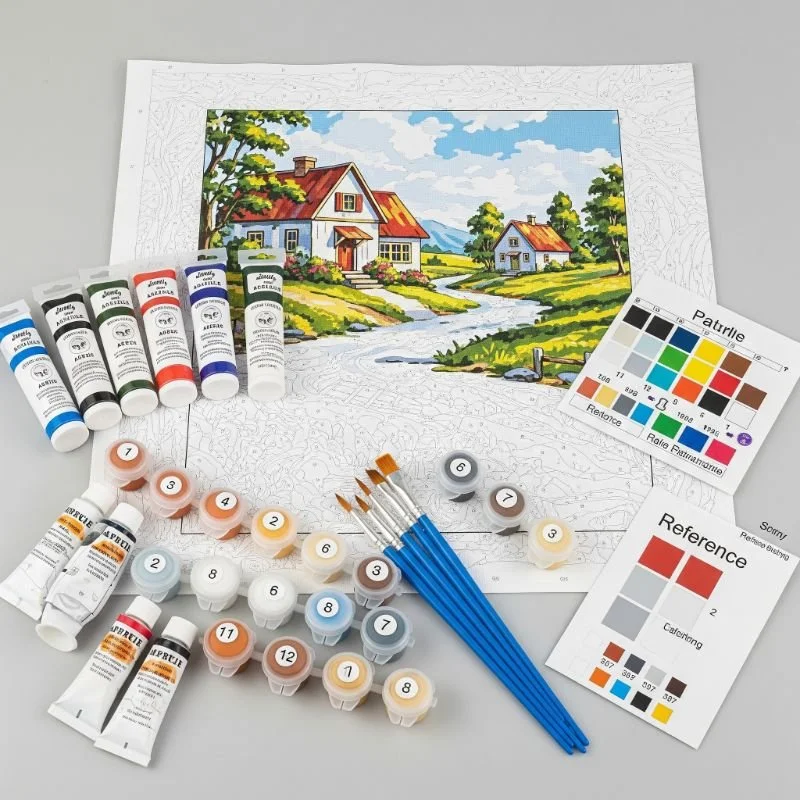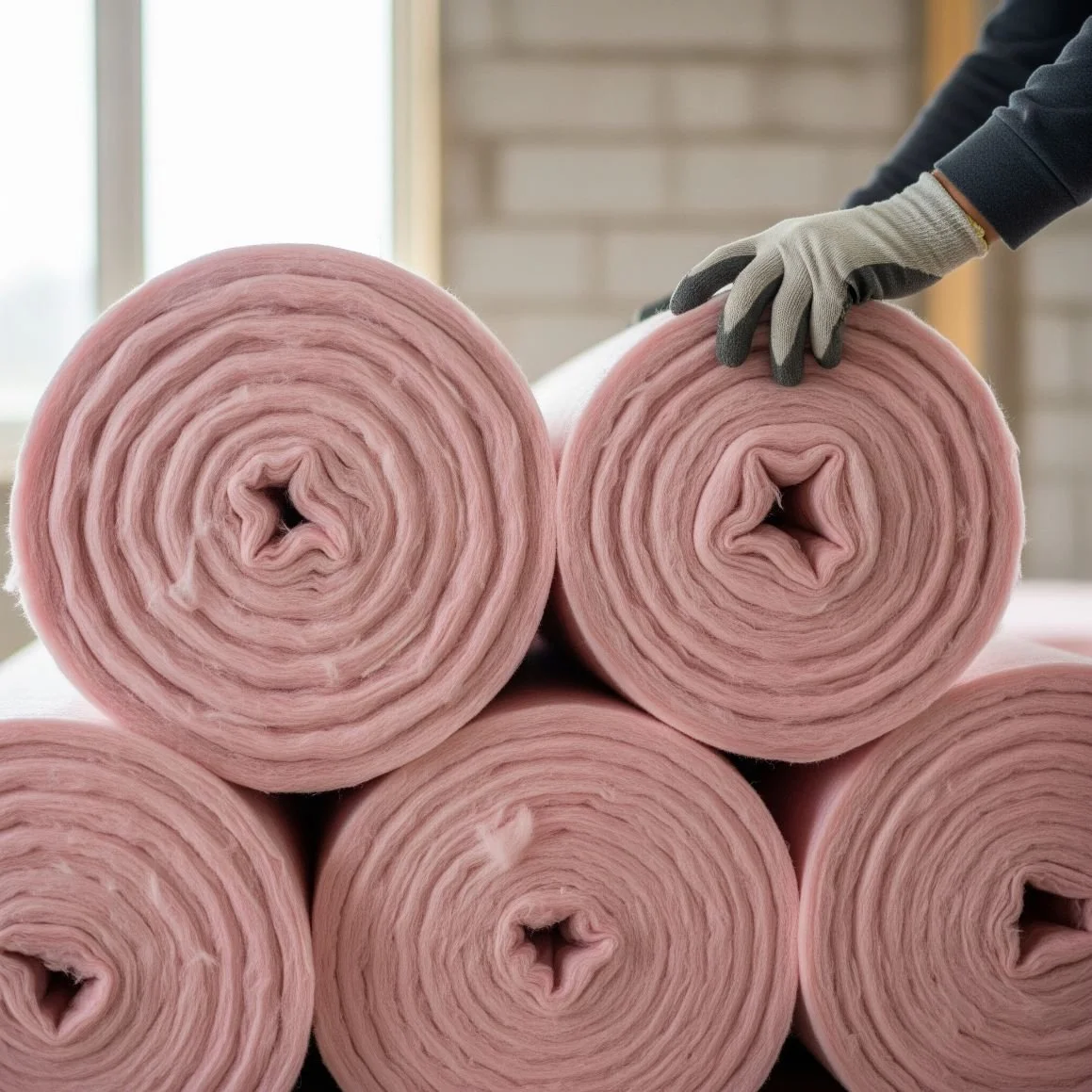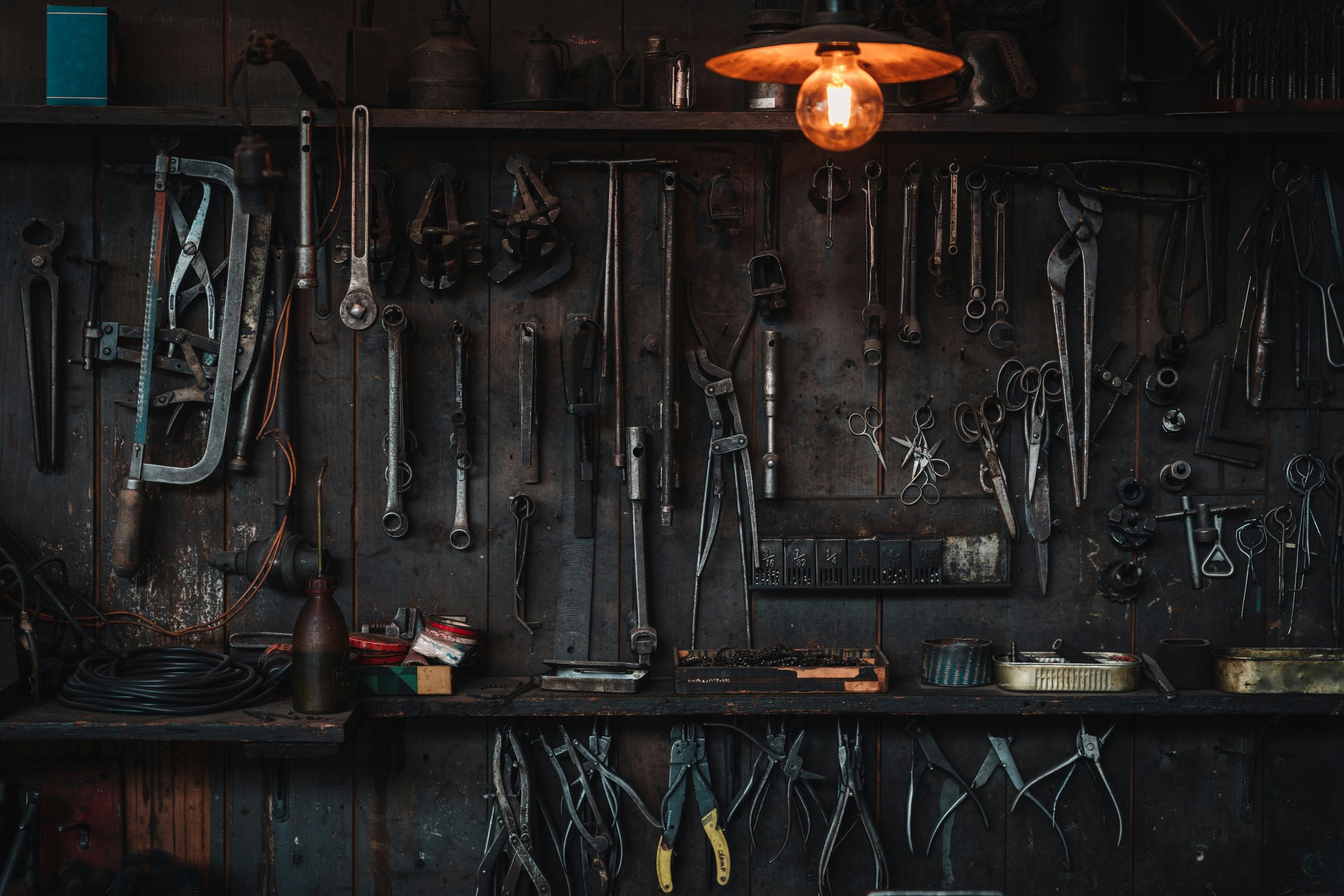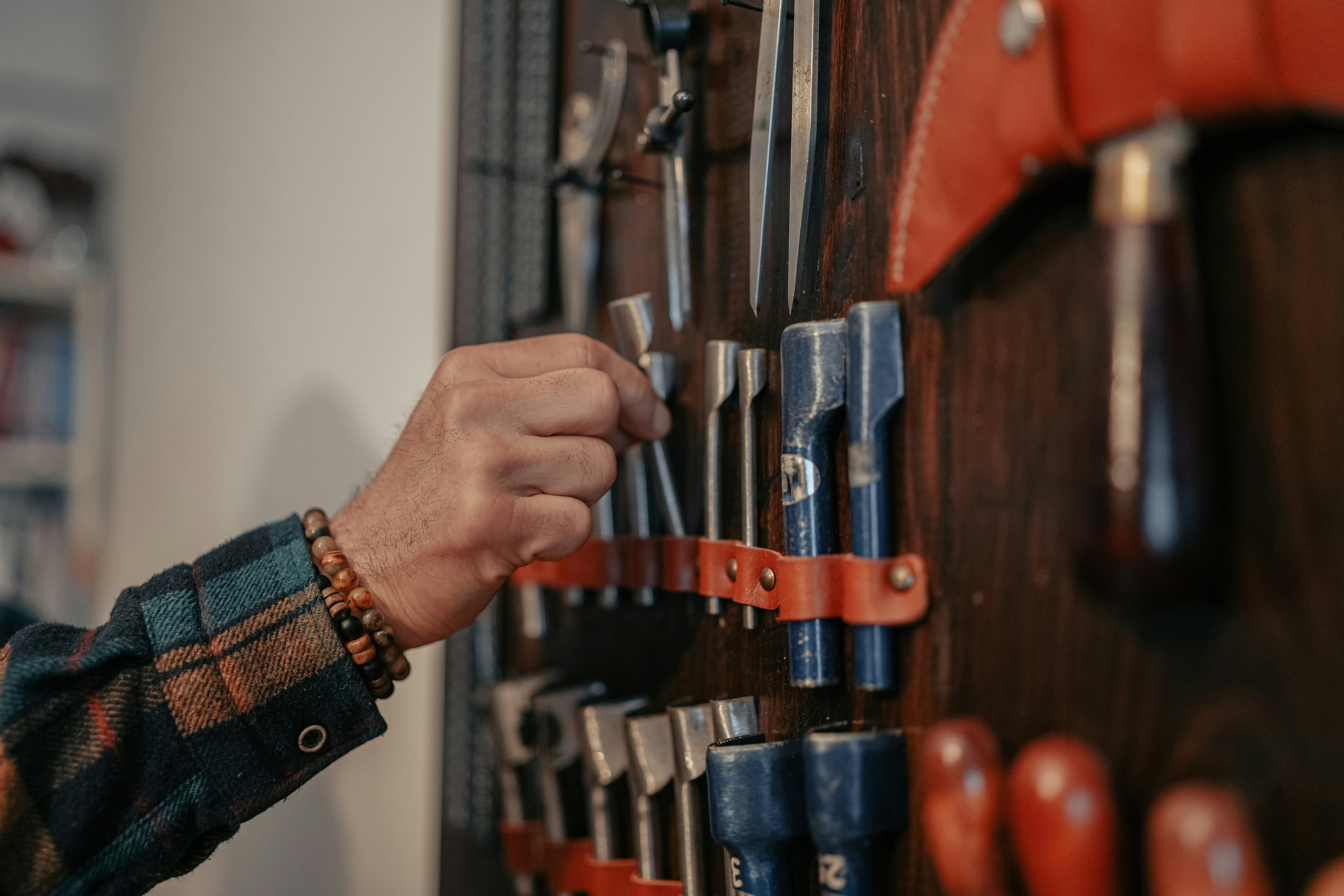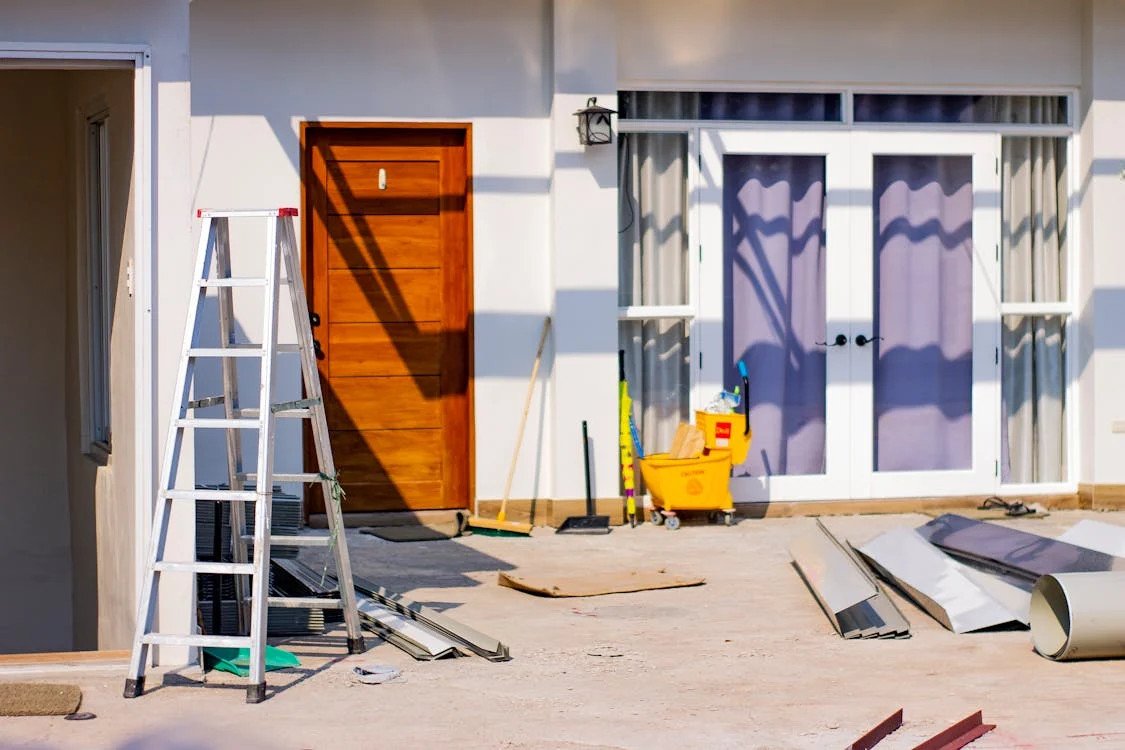How to Choose the Right Power Tools for Sale: A Buyer’s Checklist
Find the perfect power tools with this buyer’s checklist, offering tips on choosing the right tools for your needs, budget, and project requirements.
If you’re a pro or just love DIY, having the right power tools is crucial. There are many options out there, which can be a bit overwhelming. The goal is not to choose the first thing you see but rather select tools that reflect an educated decision that will fit your specific requirements and goals well.
When examining power tools for sale, consider factors such as the type of task, key features, brand reputation, and value for money to make an informed decision before purchasing. This buyer’s checklist will help you avoid common mistakes and select a power tool that suits your requirements and budget. Following the instructions outlined in this article will save you time and ensure your investment is wise.
Assessing Your Needs
Understanding the Task
Begin by deciding which tasks you will tackle with your power tools. Are you doing minor home repairs, taking on big DIY projects, working in the garden, or looking to work professionally?
The work that you do will dictate the tools and their strength. If you’re doing work as heavy-duty as construction or large-scale renovations, you’ll require more powerful and long-lasting tools than someone who does routine home maintenance tasks.
Types of Power Tools
Drills: Made to drill holes and drive screws into various materials. They’re the workhorses needed in virtually every project.
Saws: Saws range from circular saws that cut wide pieces of wood to jigsaws for more detailed work and are an important tool in making cuts.
Sanders: Ideal for removing paint, prepping a surface for finishing, or simply wanting things smoother.
Grinders: These are critical tools used for grinding, cutting, or polishing materials, which are important in metal work.
Considering Versatility
If you are a DIYer with various projects, you should look into multiple-purpose tools with several functions. This means that you can purchase as few as one type of item, such as a combo toolset, which offers everything for your home improvement necessities, like drilling holes in walls, cutting through studs, and sanding wooden surfaces. On the other hand, professionals may want to use specialized tools that are often task-specific to deliver precise and quick results.
Key Features to Consider
Power Source
Corded Tools: These tools offer a continuous source of electricity and can easily be used for longer jobs. They usually deliver more power and are better suited for heavy-duty use. But an electrical outlet is required, and dealing with cords is hassling.
Cordless Tools: These tools operate with rechargeable batteries, which offer the convenience of extra mobility and enable work in areas without any power outlet. When selecting cordless tools, your focus may be on battery life, recharging time, and output power, often called volts. Modern lithium-ion batteries also keep the size and weight of these power tools quite portable, making them a favorite.
Ergonomics and Design
Grip: A good grip is necessary for safety reasons. Textured grips and rubberized handles allow you to maintain a solid grasp, even if your hands are sweaty or oily.
Weight: Although heavier tools might feel sturdier, they can result in quicker fatigue. Think about what you will be using the tool for and its weight. A light tool is more suitable for overhead tasks.
Durability and Build Quality
Housing Material: Finding the right power tools for sale with metal housings or impact-resistant plastic casings are usually a better option as they are more robust. Having metal parts like gears further guarantees that the tools last a longer duration of time.
Sealed Switches: Dust and dirt can break internal components. Sealed switches and vents should keep sawdust and metal shavings from clogging your tool.
Variable Speed and Control
Variable Speed: The variable speeds allow you to change the tool’s speed for different material types. For example, you might need slower speeds when drilling into metal than you would for wood.
Trigger Sensitivity: A power tool will be easier to control if its trigger is more sensitive. Look for tools with a smooth trigger action that responds adequately to pressure.
Safety Features
Safety Locks: Use a tool with safety locks or trigger lock mechanisms, especially those with more powerful motors, to avoid accidental start-ups.
Automatic Shut-Off: Many power tools also include an automatic shut-off to prevent overload. This stops it from being damaged and is great at preventing injuries as well.
Anti-Vibration Technology: Tools that mitigate vibration traveling through your hands and arms will be more comfortable and potentially reduce long-term injury.
Conclusion
The right power tools for sale are both feature-rich and budget-friendly. The ideal features make them tailor-fit to meet your needs.
An objective evaluation of the tasks you need your tools to perform and specific important features, such as power source, ergonomics, and solidity, should help determine what’s best for getting work done.
A good tool can distinguish between your work being done perfectly or with difficulty, so choose wisely. Keep this buyer's checklist handy when buying a power tool; it’ll come in handy.
